So what's the problem,
It's a ’ (RIGHT SINGLE QUOTATION MARK - U+2019) character which is being decoded as CP-1252 instead of UTF-8. If you check the Encodings table of this character at FileFormat.Info, then you see that this character is in UTF-8 composed of bytes 0xE2, 0x80 and 0x99.

And if you check the CP-1252 code page layout at Wikipedia, then you'll see that the hex bytes E2, 80 and 99 stand for the individual characters â, € and ™.

and how can I fix it?
Use UTF-8 instead of CP-1252 to read, write, store, and display the characters.
I have the Content-Type set to UTF-8 in both my <head> tag and my HTTP headers:
<meta http-equiv="Content-Type" content="text/html; charset=UTF-8" />
This only instructs the client which encoding to use to interpret and display the characters. This doesn't instruct your own program which encoding to use to read, write, store, and display the characters in. The exact answer depends on the server side platform / database / programming language used. Do note that the one set in HTTP response header has precedence over the HTML meta tag. The HTML meta tag would then only be used when the page is opened from local disk file system via a file:// URL instead of from the web via a http(s):// URL.
In addition, my browser is set to Unicode (UTF-8):
This only forces the client which encoding to use to interpret and display the characters. But the actual problem is that you're already sending the exact characters ’ (encoded in UTF-8) to the client instead of the character ’. The client is basically correctly displaying ’ using the UTF-8 encoding. If the client was misinstructed to use for example ISO-8859-1 to display them, then you would likely have seen ââ¬â¢ instead.
I am using ASP.NET 2.0 with a database.
This is most likely where your problem lies. You need to verify with an independent database tool what the data looks like.
If the ’ character is correctly there, then you are most likely not correctly connecting to the database from your program. You basically need to reconfigure the database connector to use UTF-8. How to do that depends on the database being used.
Or if your database already contains ’, then it's your database that's messed up. Most probably the tables aren't configured to use UTF-8. Instead, they use the database's default encoding, which varies depending on the configuration. If this is your issue, then usually just altering the table to use UTF-8 is sufficient. If your database doesn't support that, you'll need to recreate the tables. It is good practice to set the encoding of the table when you create it.
You're most likely using SQL Server, but here is some MySQL code (copied from this article):
CREATE DATABASE db_name CHARACTER SET utf8;
CREATE TABLE tbl_name (...) CHARACTER SET utf8;
If your table is however already UTF-8, then you need to take a step back. Who or what put the data there. That's where the problem is. One example would be HTML form submitted values which are incorrectly encoded/decoded.
Here are some more links to learn more about the problem:



